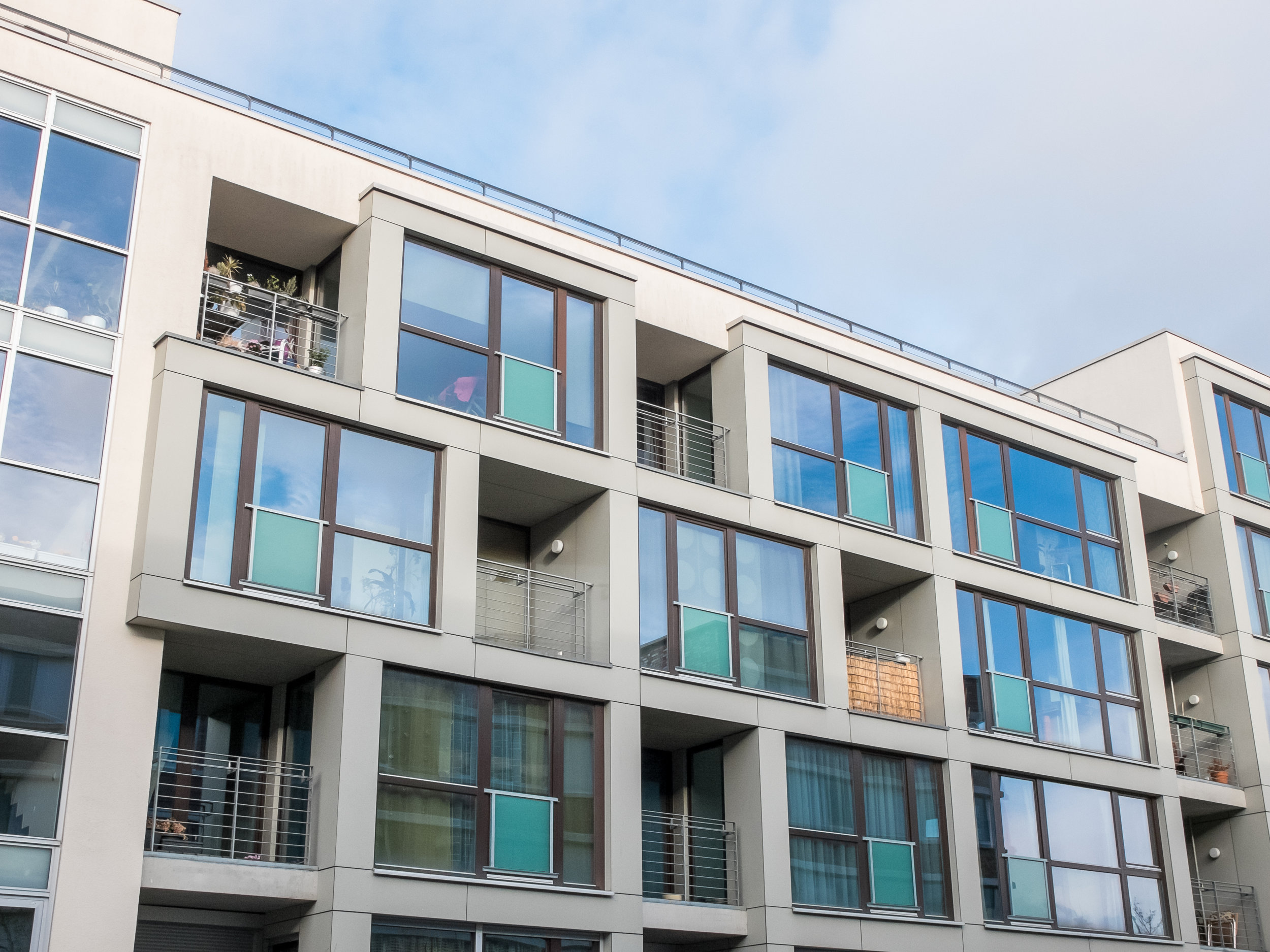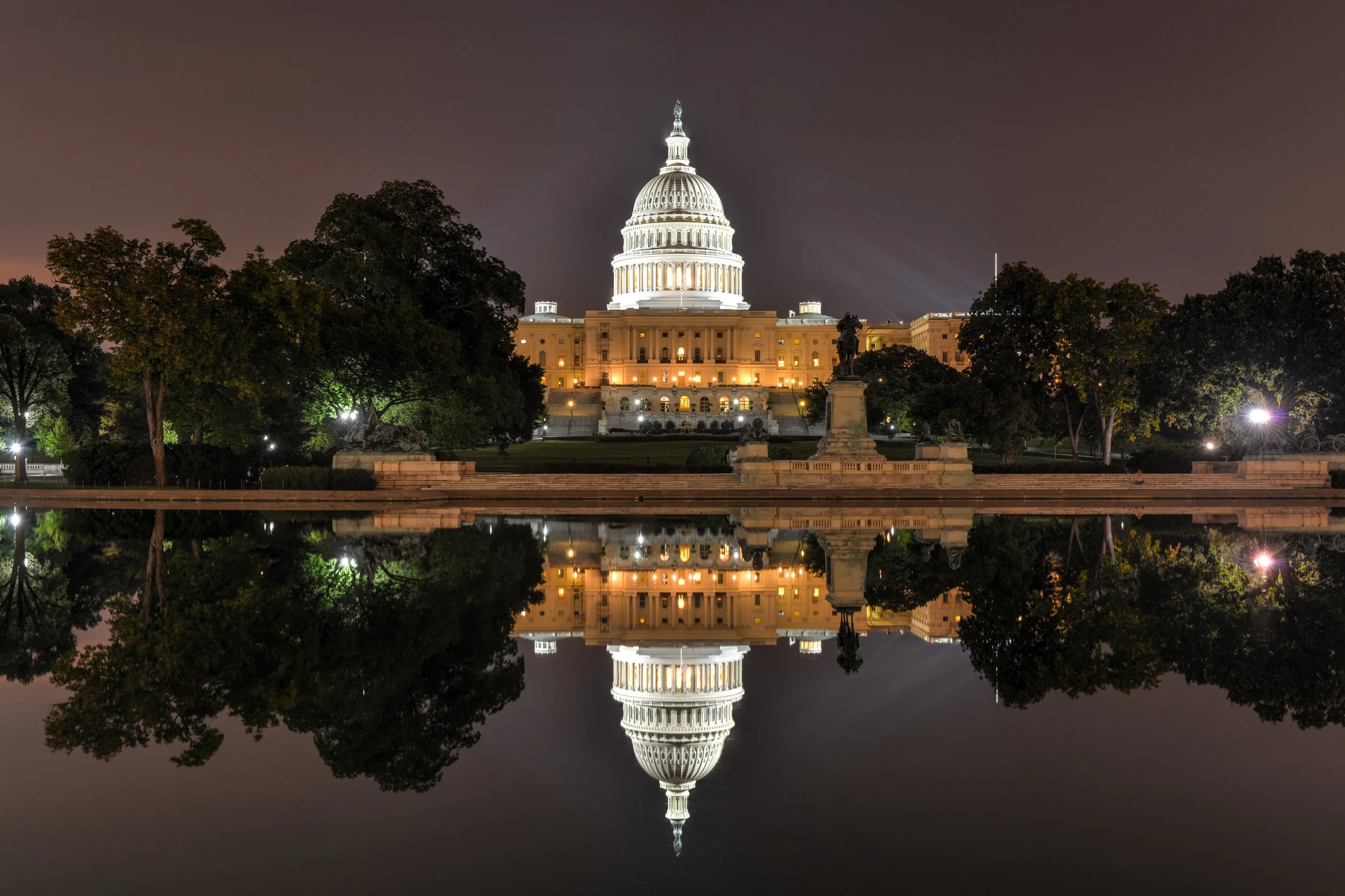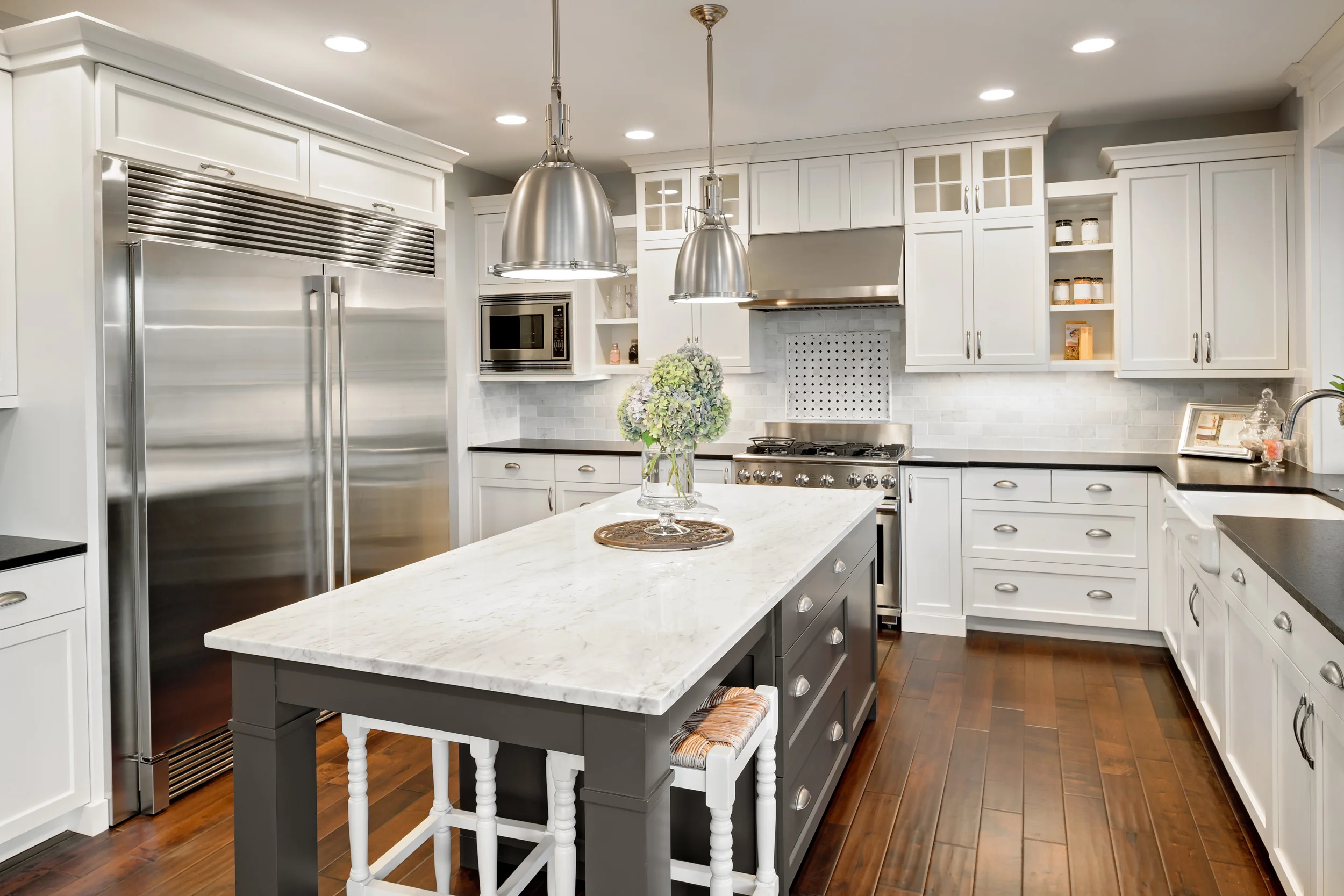Customers trickle in, grabbing six-packs out of the fridge in the corner or getting growlers of beer filled to take home for the holiday. Chris Olson of Brookland stops in to replenish a pair of 64-oz. DC Brau opened in 2009 as the first business to brew, package, and distribute its beer in D.C. proper in more than five decades. Additional breweries followed, and with them came distilleries, cideries, and other craft alcohol producers. These businesses have sprung up along Rhode Island Avenue and just across the train tracks on Bladensburg Road and New York Avenue, many of them in old warehouses and industrial spaces. They’re joined by City Winery and, down the street in the Arboretum neighborhood, Supreme Core Cider. Beyond a bit of healthy competition, the concentration of booze makers has also fostered a sense of unity, according to the roughly half a dozen brewers and distillers who spoke with DCist.
Franklins laid the groundwork for the downtown areas craft alcohol scene more than a decade ago. Owner Mike Franklin opened a general store in 1992, and was ahead of his time in selling a variety of craft beer for off-site enjoyment. Franklin says “Maryland Sen. Paul Pinsky, (D-Prince Georges), sponsored state legislation to allow for a liquor license in a specific area of Hyattsville, located in his district that would allow retail businesses to also sell beer made on-site”. The brewpub owner says “the development of Hyattsville’s arts and entertainment district eventually helped to draw other producers, including Vigilante Coffee Co. Streetcar 82 Brewing Co, a deaf-owned operation, began serving this summer and held its grand opening in September”. Ken Carter, owner of Maryland Meadworks and a longtime Franklin’s patron officially opening Maryland Meadworks in October. It was a “conundrum” when DC Brau opened in 2009, DC Brau co-founder Brandon Skall recalls. “We were able to sell beer to-go to people, but couldn’t sell them beer for here, and we couldn’t even let them taste beer from here,” he says.
Harry Thomas Jr., who introduced the Brewery Manufacturer’s Tasting Permit Amendment Act of 2011, which would enable production breweries to serve small samples on-site. Three years later, the council expanded that freedom to allow breweries to sell and pour pints. Thomas successor Kenyan McDuffie has carried the torch in his ward, which includes most of the city’s alcohol makers. ISkall of DC Brau and John Uselton, co-founder of Green Hat Gin maker New Columbia Distillers, both say “the arrival of peers in the industry has made it easier to lobby successfully to change the rules for what they can do”. When New Columbia first opened in 2012, it was the first spirits maker to open in the District post-Prohibition. It was tougher to get lawmakers ears as the city’s lone distiller, Uselton co-founder of Green Hat Gin maker new Columbia Distillers says. “Once we got a couple of distilleries, we were really able to get our voice heard by Council”. “There’s now more than half a dozen in the District, and that’s brought some sense of camaraderie among most of them”, Uselton says. The entrepreneurs there have arrived amid a wave of development driving up property values and bringing new residential and retail investments to a historically black, low-income neighborhood.





















